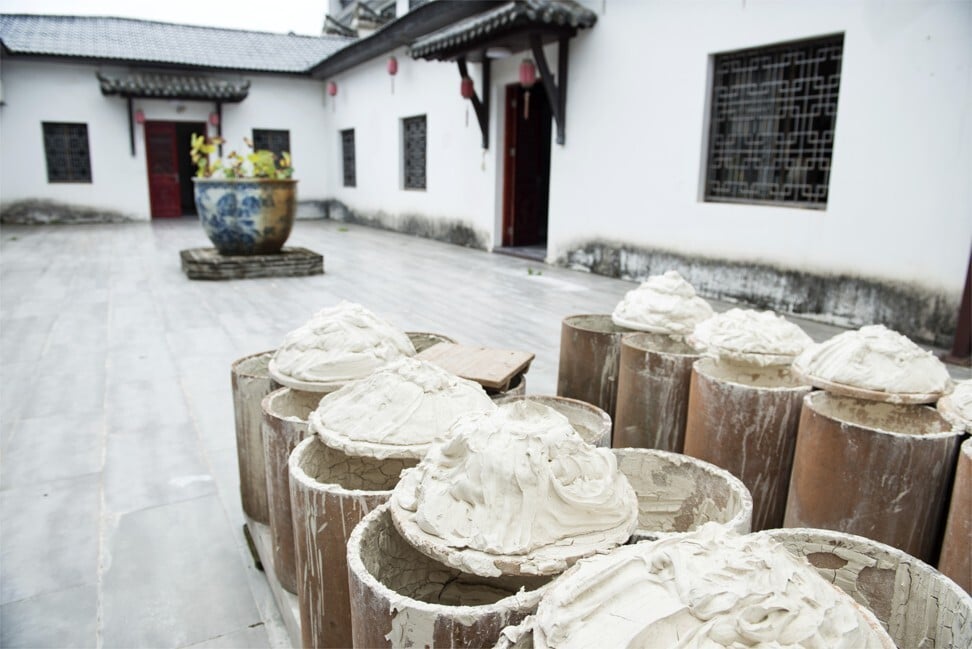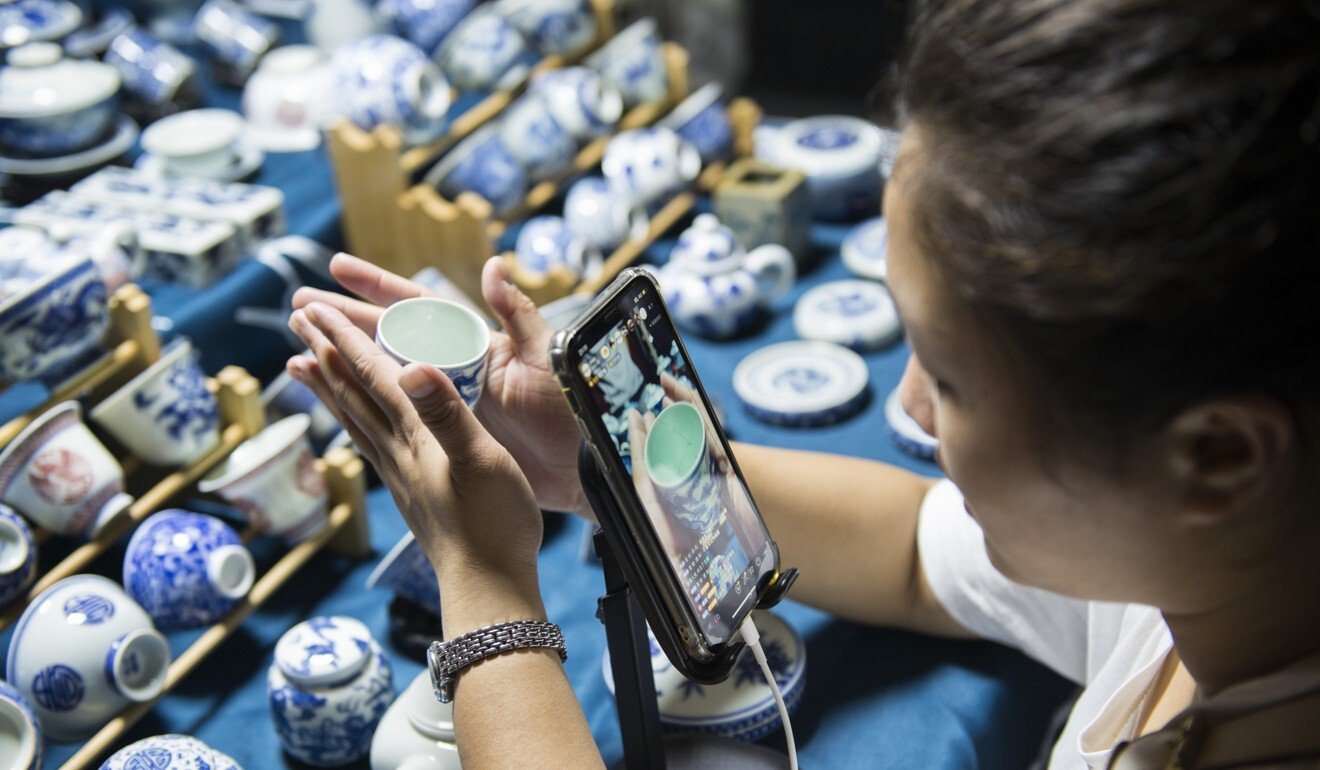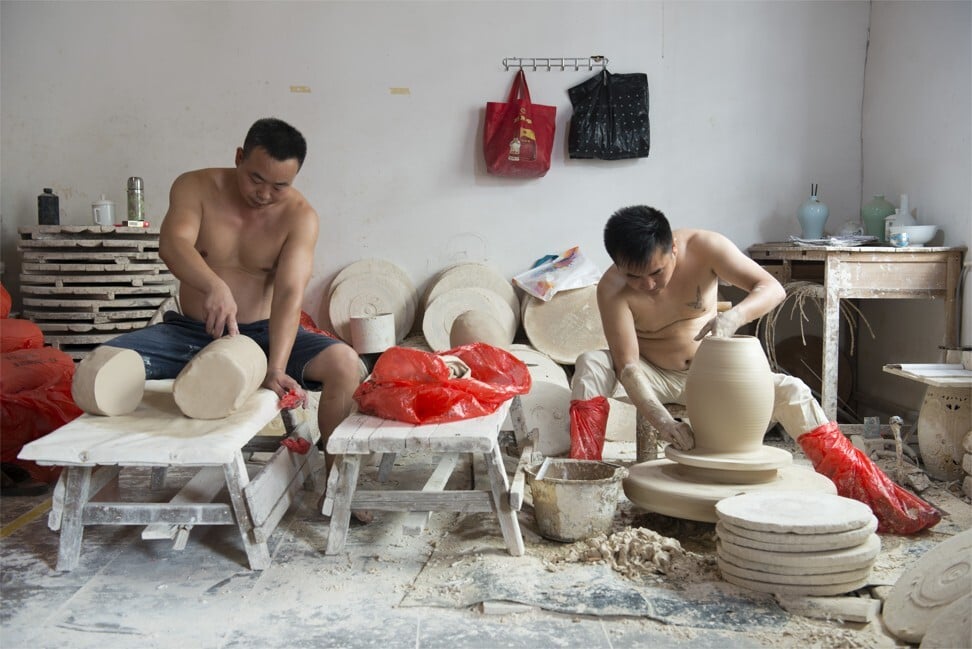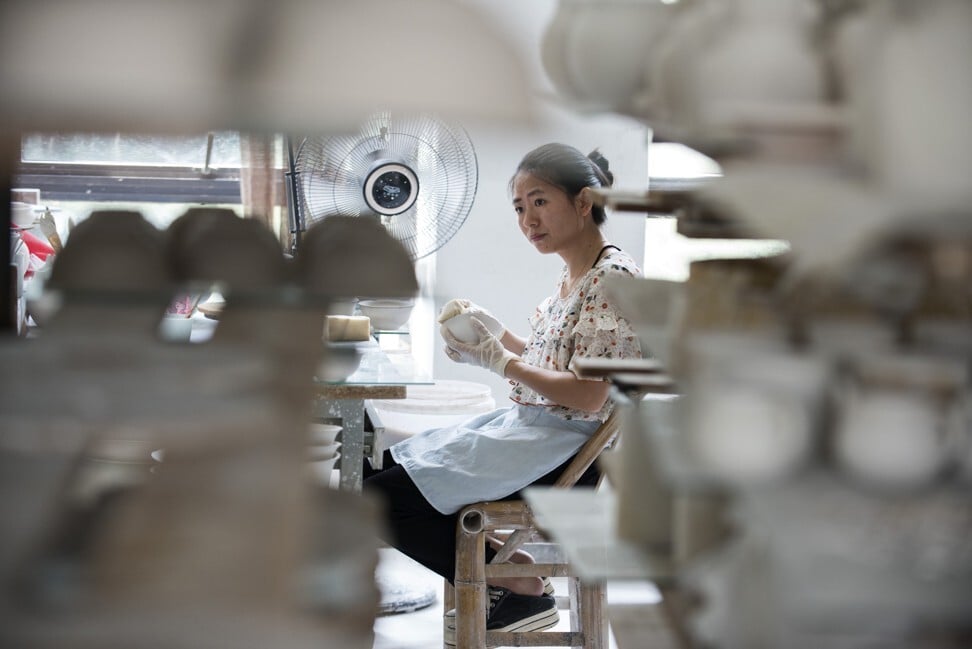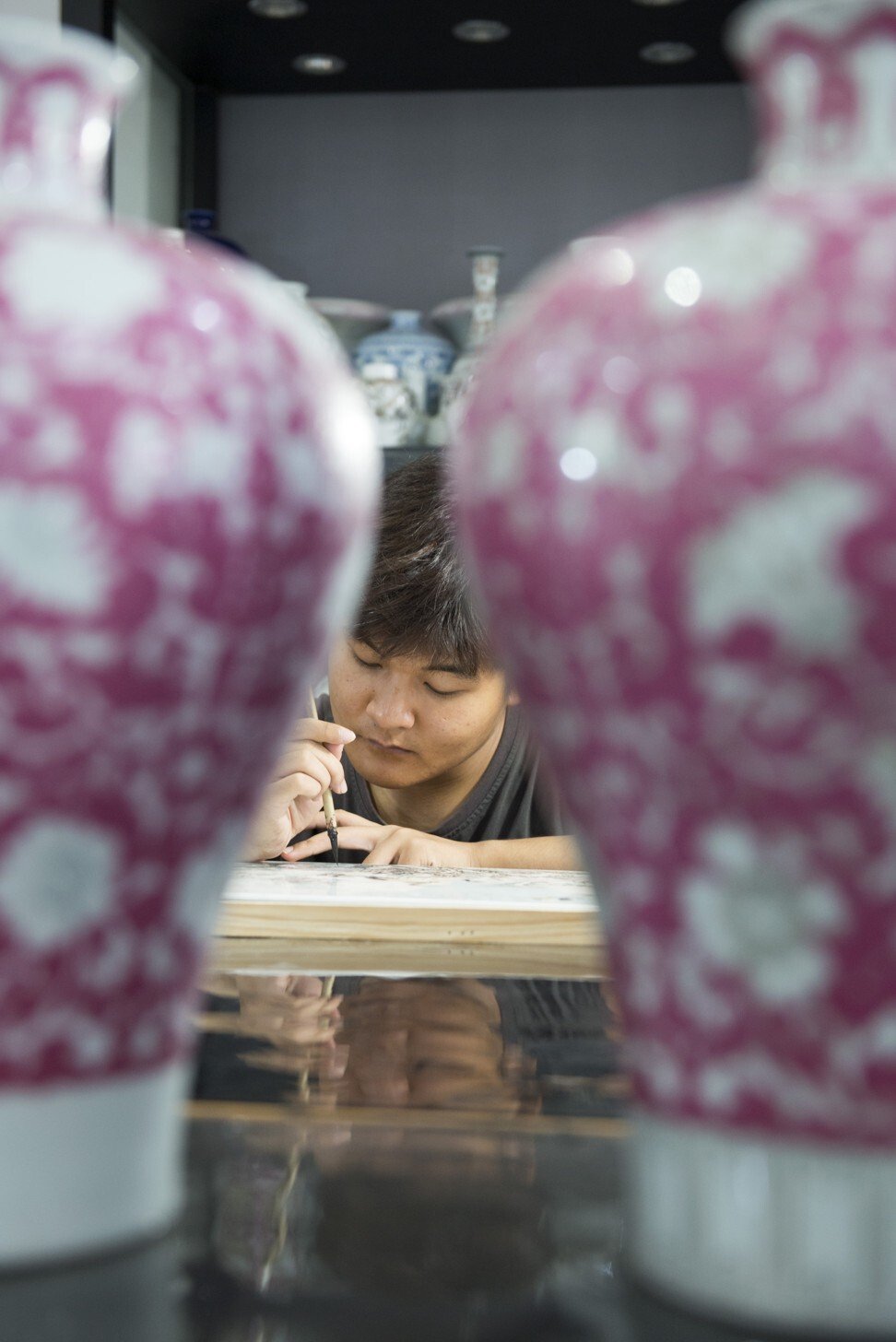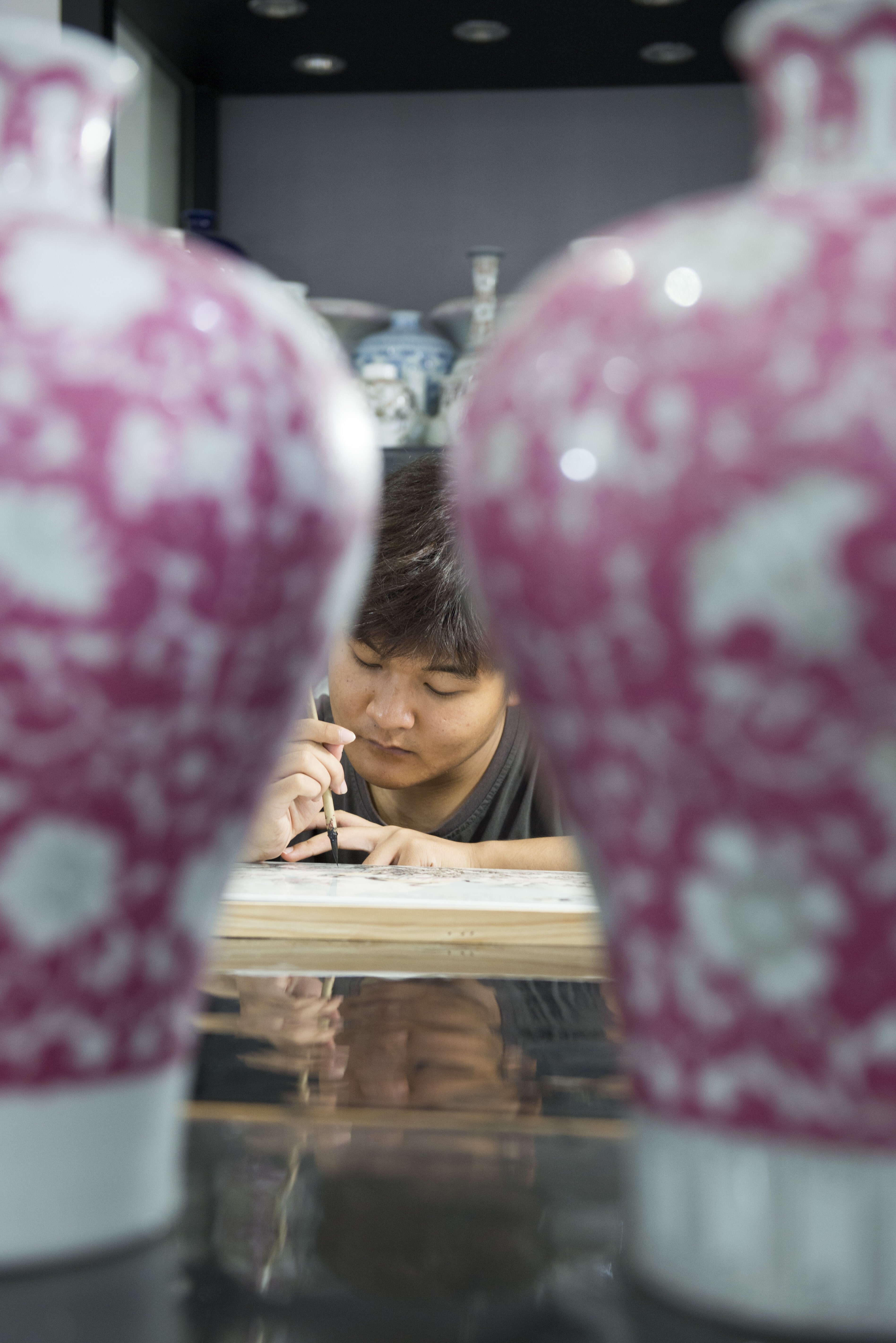
Jingdezhen, in Jiangxi province, has been producing exquisite handmade porcelain artworks for two millennia, but can its ancient techniques compete in a changing market?
The city’s airport is shaped like a vase, the high-speed railway station was inspired by two hands holding a teacup, and the white lamp posts lining the streets are adorned with classic artisanal patterns. For Jingdezhen, in Jiangxi province, it all comes back to one thing: porcelain.
“I guess no other place has survived 2,000 years doing just one thing,” says Xiong Jianjun, founder of the prestigious porcelain company that bears his name.
In 2019, nearly 15 per cent of the city’s 1.1 million residents were directly employed by more than 6,700 porcelain companies, according to official figures, and the industry accounts for almost half of Jingdezhen’s 92.6 billion yuan (US$13.8 billion) gross domestic product.
According to the local folk museum, archaeological studies set the origins of what it calls “the world’s first industrial city” in the late Han dynasty, around AD150.
“The government has realised innovation is the only way to compete with cheap china from Dehua or Chaozhou and the authorities are encouraging both the restoration of ancient techniques and the development of new globally appealing and more modern designs.”
“Artisans were the first to use division of labour,” explains one exhibit, but it was only in the Song dynasty (960-1279) that this riverside city, nestled amid lush mountains, started to produce the fine porcelain that the emperors demanded.
“Unfortunately, after the reform and opening up policy was enacted in the 1980s, the market descended into chaos,” says Cheng Peng, owner of online retailer Yuanlaishini and one of many local entrepreneurs invigorating the industry. “Everyone wanted to make easy money, quality suffered, and precious skills unique to Jingdezhen were pushed to the brink of extinction. But now the government has realised innovation is the only way to compete with cheap china from Dehua or Chaozhou and the authorities are encouraging both the restoration of ancient techniques and the development of new globally appealing and more modern designs.”
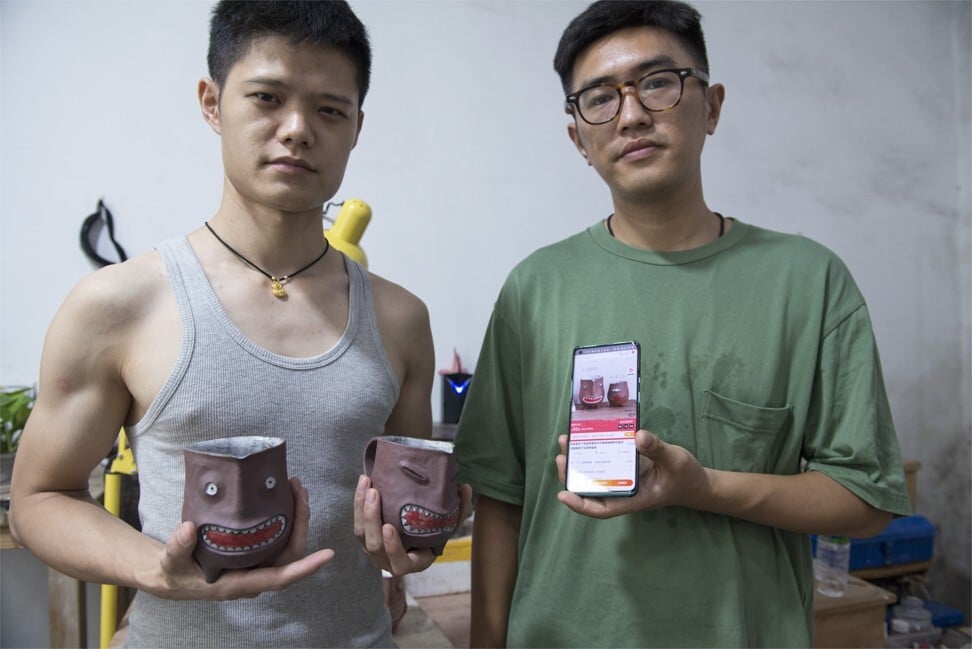
Xiong’s business focuses on the former. “In 1998, the Palace Museum [in Beijing’s Forbidden City] came to us and requested faithful reproductions of some lost pieces,” he says, showing off three kilns he had built to the specifications of those used during the Yuan, Ming and Qing dynasties. “So we invested a lot of resources on reviving the traditional porcelain enamel techniques and we managed to successfully make six pieces in 2006.”
Xiong’s ancestors were porcelain artisans, but his two children “study art in Beijing and Hangzhou and hate what I do”, he says. “There is a big generation gap between us. For them, I am the past.”
He takes out his smartphone, and shows some of his children’s contemporary pieces. “I don’t like these, but I can’t deny there is demand for them,” he says with a shrug.
Ran Xiangfei, an industrial engineer, moved to Jingdezhen in 2014. After taking part in an exchange programme with Royal Delft – the famous producer of blue-and-white porcelain in the Netherlands – he opened a studio using the old dying technique of linglong (rice porcelain).
“I came here escaping city life and thinking that china is just a material,” he says. “But there is much more to it because properties change when fired. So I decided to open a lab and experiment with new techniques, such as computer design and 3D printing.”
Porcelain painting in Jingdezhen
Since then he has launched a signature tableware brand, Royoko, which is popular with the young and fashionable in China’s first-tier cities.
The government phased out most wood-fired kilns in 2002 as part of its air-quality-improvement measures. Then last year, in a bid to balance sustainability and economic development, authorities announced a project to build a national ceramic culture inheritance and innovation pilot zone. “Under the plan, Jingdezhen will become a world ceramic cultural centre by 2035,” the director of the provincial development and reform commission, Zhang Heping, told Xinhua.
Taoxichuan, a few streets of upscale galleries and boutiques on the restored site of the former Yuzhou Porcelain Factory, embodies Jingdezhen’s new “old” path.
Following a trend started by Beijing’s 798 Art District, 450 million yuan invested since 2013 has turned the old industrial area, once home to 22 smoky kilns, into a trendy venue for young artists, of which entrepreneur Cheng Peng is taking full advantage.
“The city is trying to shift some of its economy towards tourism,” says Cheng, adding: “We need to diversify if we want to thrive in the 21st century.”
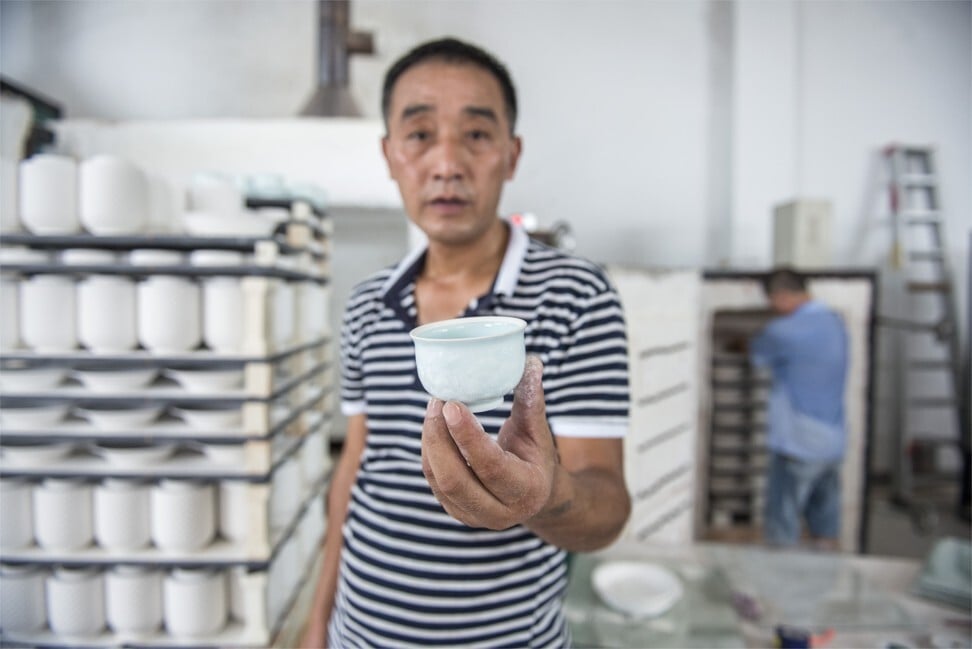
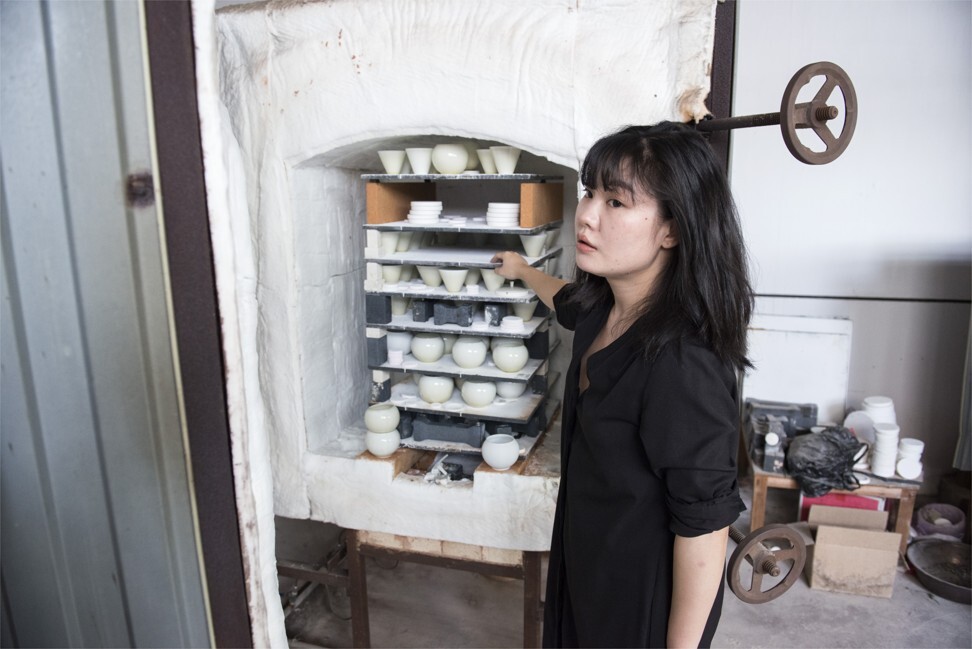
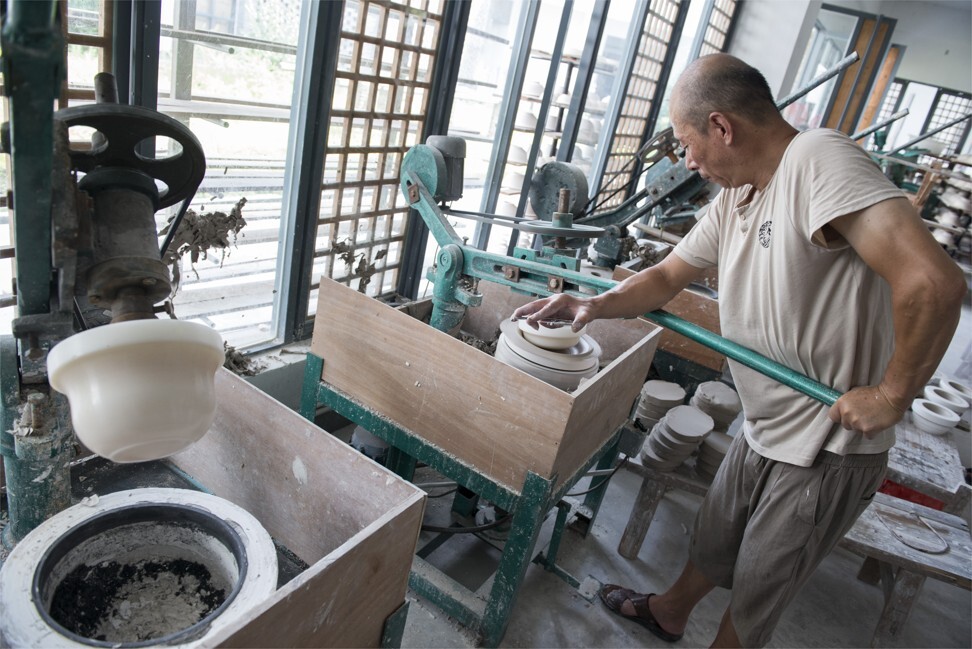
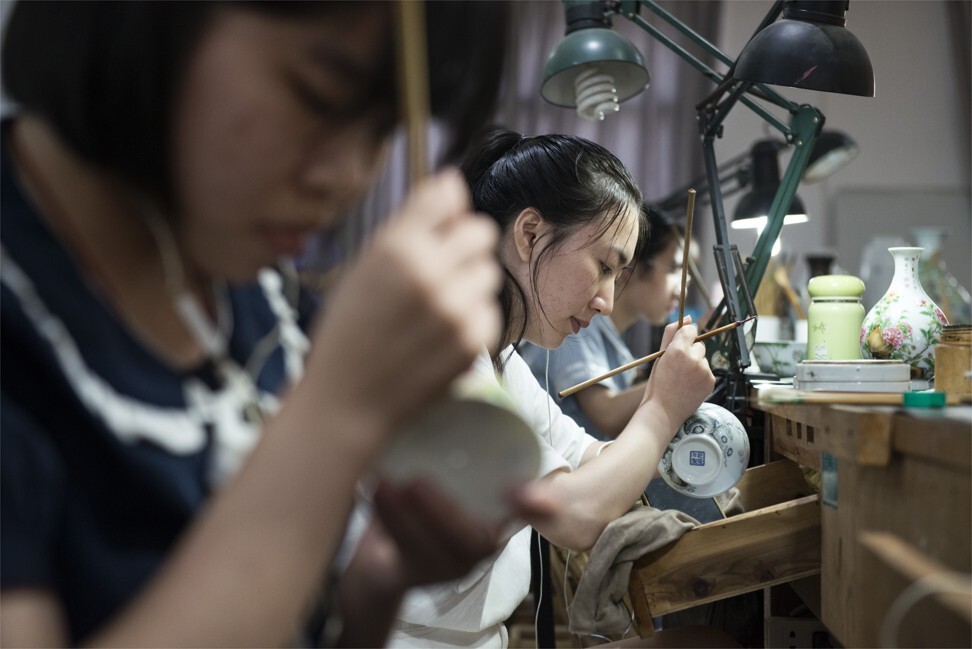


![Factory owner Xiong Jianjun (above) says the way to tell the quality of a piece of porcelain is to hold it to the light and check its translucence. “When we mix animal bones in the clay, translucency increases,” he explains. He shows how dragons and lotus flowers come to life in a small teacup, which sells for more than 2,000 yuan. But there is an even more profitable business: fakes. “Copies have been around for centuries, and many have learned the best skills this way,” Xiong says, “but I believe that’s not the path forward. We need to build strong brands and attractive products.” Chen Qianjun, of the Zhen Rutang factory, adds: “Some [fakes] are really hard to tell apart from original ancient pieces and can sell for up to 20 million yuan at auction.” Photo: Zigor Aldama](https://cdn.i-scmp.com/sites/default/files/d8/images/methode/2020/10/19/757de816-fed7-11ea-9bb5-57ca6b07e40a_1320x770_131314.jpg)
